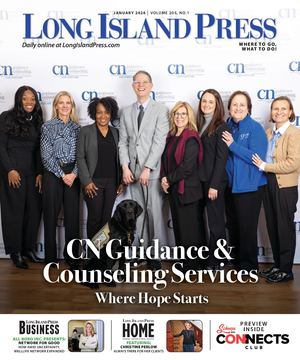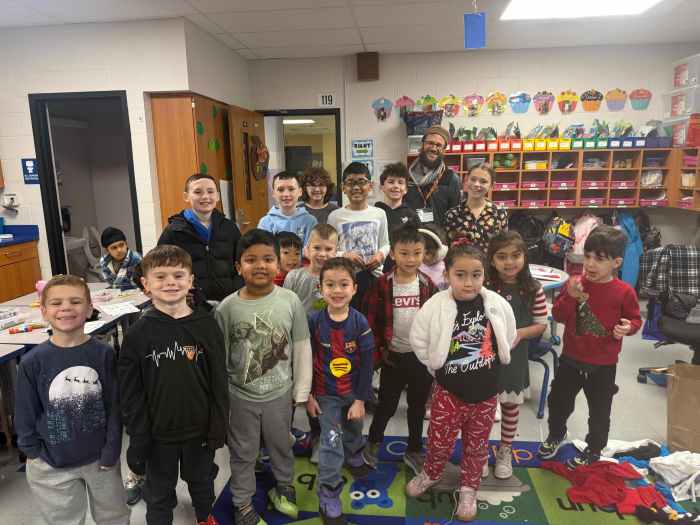As a working parent, I know that I am lucky to work for a parenting platform. Still, unfortunately, many fellow parents I have spoken to have either had to lessen their workload or do not feel supported in balancing their children’s remote school day as well as their own workload.
According to the Maven Clinic and the Maven commission survey, 57 percent of working parents do not feel fully supported by their employer as they navigate child care decisions for the Fall, and 63 percent are undecided on childcare options for children under 18 years old.
As we enter into a new school year, how can we ease our kids back into full-time or blended remote learning? And how can we as parents ease up on our workload stress when we are also at home watching the kids? We chatted with Mercedes Samudio, a Maven Parenting Coach and Mental Health Provider, on strategies and tips on having a school year in COVID times where balance is a work in progress for all.
Speaking from experience, both my kids have become attached to me; how do I prepare them on going back to school? We become attached to those closest to us during stressful times. Investigate what they are truly feeling about the situation and support them by giving them options on what they can do when they miss you, feel intense emotions, or need support. Sometimes just knowing that, even in separation, they still have a way to connect with you could help them.
Students are doing virtual learning in some capacity; how do we help them in avoiding burnout? Schedule breaks during the day. Make a plan for how the days will look, and keep it for a week or two, then reassess if this current schedule is working. After seeing how they are managing virtual learning, send an email to their teachers letting them know of anything that the teacher or school can do to help ease the overwhelm (like letting them turn the camera off for a few minutes). Overall, observe how they are doing, and do weekly check-ins to make sure that their current schedule isn’t overwhelming them.
With so many parents now working remotely, how can parents shut-off after work? This is a proactive space, meaning that you have to set a schedule and do your best to stick to it. For example, decide when you’re done for the day based on your workload and your scheduled work hours. After those hours, turn off notifications to work apps/email and do your best not to check them until the next workday. Be sure to schedule in breaks as well during the day so that you aren’t overwhelmed. Let your supervisors/team know your schedule, and even set up an away/auto-response message for email/texts/voicemail that lets others know when you are available and when you will respond to messages.
Many parents are on auto-control, how can they take care of themselves when really they are never alone? This is the toughest because each family operates differently. However, one way to get a good understanding of how your family works — when does everyone get burned out, when does everyone nap (if they do), when do we eat, etc. I suggest taking a two week period to observe and investigate the rhythms of your family. Then once you have that you can develop a plan for everyone to have downtime, free time, or calm time (or for little ones, nap time) — this will help everyone take some space from their day and help you to also find time to take a break as well. Making a choice to be proactive about caring for yourself is a habit that has to be built up and reassessed. Be gentle with yourself as you’re making these transitions.
This story first appeared on NewYorkFamily.com
For more education coverage, visit longislandpress.com/category/education
































